Metal fiber has been widely produced in various alloys and product forms. Their use in industrial applications is increasingly driven by high electricity, conductivity, and excellent high thermal corrosion resistance. They offer proven technology with a variety of possible applications that contribute to a cleaner, safer, and quieter environments. Because of these excellent properties, metal fiber is widely used in textile, high-precision filtration, shielding sound absorption, microwave absorption, battery electrode, fiber composite reinforcement, protection, and other fields.
What is Metal Fiber?
Metal fiber is a kind of fibrous material with a certain ratio of length to diameter prepared by a certain processing process. Its wire diameter is generally in the range of 1-100 μ M. Metal fibers exist in both long and short fibers (length/diameter ratio less than 100). Metal fiber not only adheres to the inherent good performance of metal material itself but also after fibrosis, its application scope has been greatly expanded.
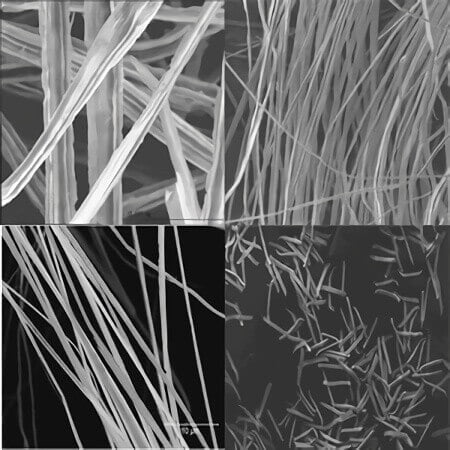
Properties of Metal Fiber
The processing of metal fiber has changed the internal structure, magnetic properties, resistivity, and surface properties of the raw materials significantly, which makes it develop from traditional materials to fiber composite materials with high-temperature resistance, corrosion resistance, excellent conductivity, thermal conductivity, flexibility, and spinnability.
Compared with other fiber types (such as carbon fiber, glass fiber, aramid fiber or natural fiber), metal fiber has lower resistance. This makes them suitable for any application that requires conductivity. Their excellent heat resistance enables them to withstand extreme temperatures. Corrosion resistance is achieved by using high-quality alloys in stainless steel or other metals.
Sintered metal fiber structure and fiber mat show high porosity characteristics while maintaining a strong and durable structure. This facilitates the function and structure of specific applications, such as metal fiber filters or electrodes.
Typical Application of Metal Fiber
Thanks to the good conductivity and thermal conductivity, high corrosion and heat resistance, as well as excellent EMI and ESD shielding capability, stainless steel fiber is used in many consumer and industrial applications in various fields throughout the process. Fecraloy (Fe Cr Al alloy) fiber is even more resistant to high temperature, which is commonly used in the vehicle exhaust pipe and high-temperature filter felt and metal fiber burner. Nickel shows excellent electrical and thermal conductivity to chemicals, acids, and bases, making it suitable for a variety of applications.
How is Metal Fiber Made?
The preparation technology of metal fiber can be divided into four kinds: cluster drawing method, metal melt high-temperature jet method (melt spinning method), cutting method, and thermal decomposition method. Due to different manufacturing methods, the specifications, production efficiency, processing cost, quality, and use of the fiber are quite different. Compared with other materials, the preparation method of metal fiber often plays a decisive role in the performance and application of the fiber. There are several ways to produce metal fibers that can then be converted into knitted, woven, woven, or nonwoven products that are resistant to high temperatures or provide electrostatic protection or electromagnetic shielding.
Cluster Drawing
The most common technique is called cluster drawing. Tens of thousands of filaments are tied together in the so-called composite wire, which is pulled out through a mold to further reduce its diameter. The covering tube is then dissolved in acid to form a single continuous metal fiber. The composite wire will be pulled longer.
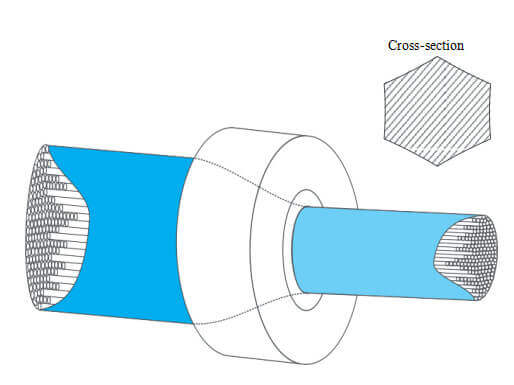
Foil Shaving
Using cut flower technology, a fiber with a minimum diameter of 14 um and a larger cross-section is feasible, resulting in a semi-continuous bundle of fibers or man-made staple fibers.
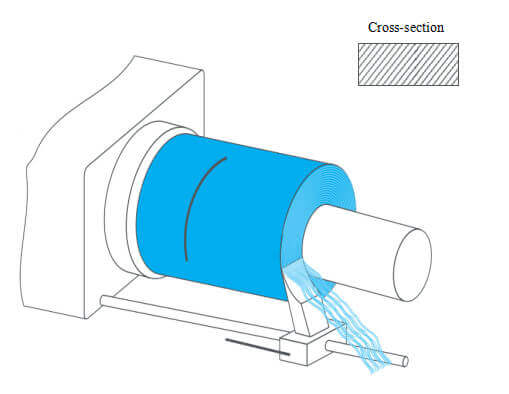
Mechanical Vibration Machining
The processing of short fibers can produce semi-continuous fiber bundles as low as 10 microns. The improved short fiber manufacturing can realize the short diameter distribution on these types of fibers and adjust the fiber geometry. Compared with foil shaving or melt spinning fiber, this technology is unique because of its small diameter and relatively small diameter distribution.
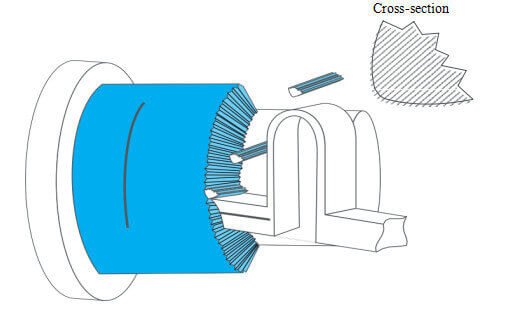
Melt Spinning
Melt spinning produces semi-continuous fibers by rapidly solidifying the liquid metal onto a rotating cooling wheel. The obtained fiber is rough, usually 25 μ m ~ 250 μ m fiber diameter. According to the speed of the disc, the shape of the notch on the surface of the disc and the depth of immersion in the molten metal, the cross-section shape of the fiber is also different, from myopic arc to crescent. The tensile strength of this fiber is 380MPa, and most of it is used for steel fibers used in concrete.
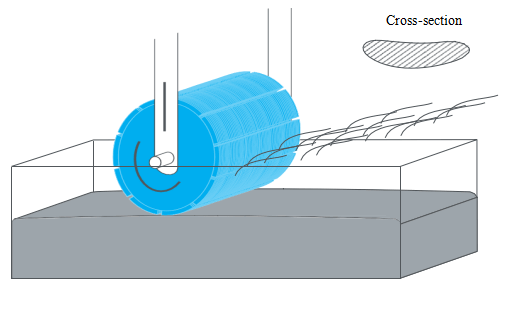
What Are The Types Of Metallized Fiber Products?
Sintered Metal Fiber Medium
Stainless steel fiber is transformed into fiber medium, which can be a non-woven or sintered structure composed of fibers with a certain diameter of 2 to 80 microns. These porous metal fiber media have been widely used in high demand applications because of their uniqueness.
As stainless steel fiber felt has a unique three-dimensional deep filter structure, it has a high capacity for pollutants, which can greatly improve and extend the service life of the filter. The basic material of the material is stainless steel fiber, so it also has very good mechanical strength and toughness at high temperatures and can work in high temperature and high corrosion environment at 550 ℃. One of the biggest characteristics of the metal fiber felt is that it has an excellent filtering effect on the polyester condensation and the plastic which are easy to be deformed.
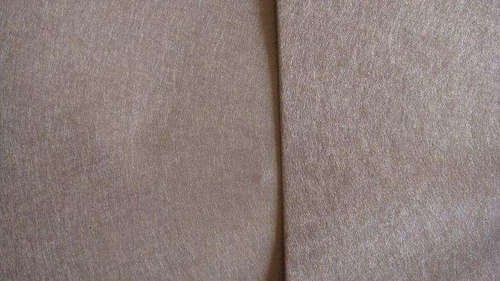
Short Fiber
A single powder-like metal fiber can be produced by a specially designed process, which is called short fiber with a long diameter (L / D) range of 100. These short fibers can be used directly or in combination with metal powder to carry out sintering filtration, which has the structure of ultra-high filtration level and unique permeability.
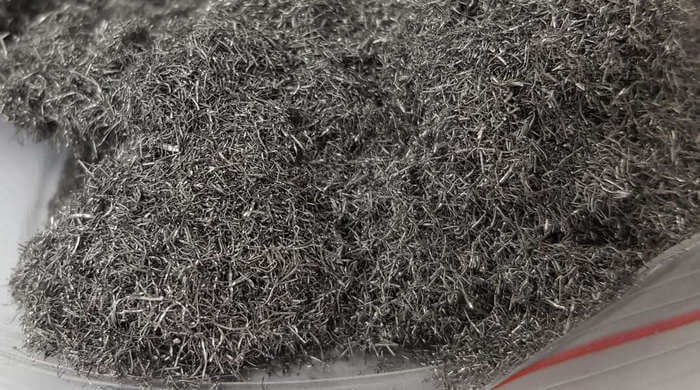
Polymer Particles
Other metal fiber products are polymer particles or particles composed of metal fibers. Several bundles of fibers are glued together with various sizing agents, and enough compatible extrusion coating is applied. After these coatings are cut into small particles, they can be used as additives to produce engineering conductive/shielding plastic parts through injection molding and extrusion. The unique advantage of metal fiber is that it can form a conductive network and a relatively limited volume of conductive additives.
Nonwovens
Like traditional textile fibers, non-woven fabrics or felt can also be produced with metal fibers. In rare cases, needling can be used to entangle fibers and obtain needled felt.
Metallic Fiber Fabric (Yarn)
An endless bunch of stainless steel fibers can be transformed into yarn by spinning. There are two types of yarn: one with low fiber content and the other with high fiber content. The former has about 275 filaments, which can be converted into filaments by twisting them in bundles. Bundles of thousands of fibers are commonly used to convert fibers into spinning. This can be done by tensile breaking and subsequent conventional yarn spinning techniques. This results in 100% metallic yarn. In the spinning process, the wire harness can be blended or blended yarn can be produced. It can be blended with cotton, polyester, and wool.
Subsequently, metal yarn can be further transformed into various textile products by using the textile process. It can be woven (round, flat, warp). Blended fabrics can be obtained by mixing metal yarns with other yarns, or by using yarns with two fibers inside, so they are already blended by themselves.
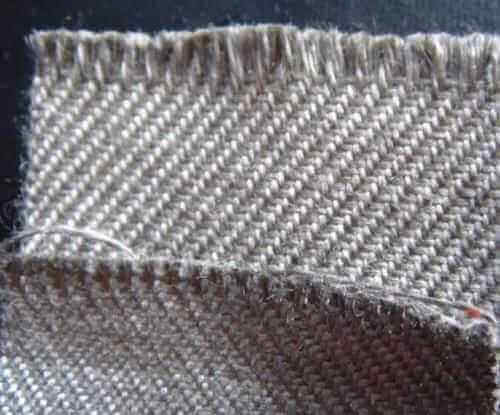
Summary
The above is the main preparation method and application of metal fiber, hoping to help you choose different fiber applications.